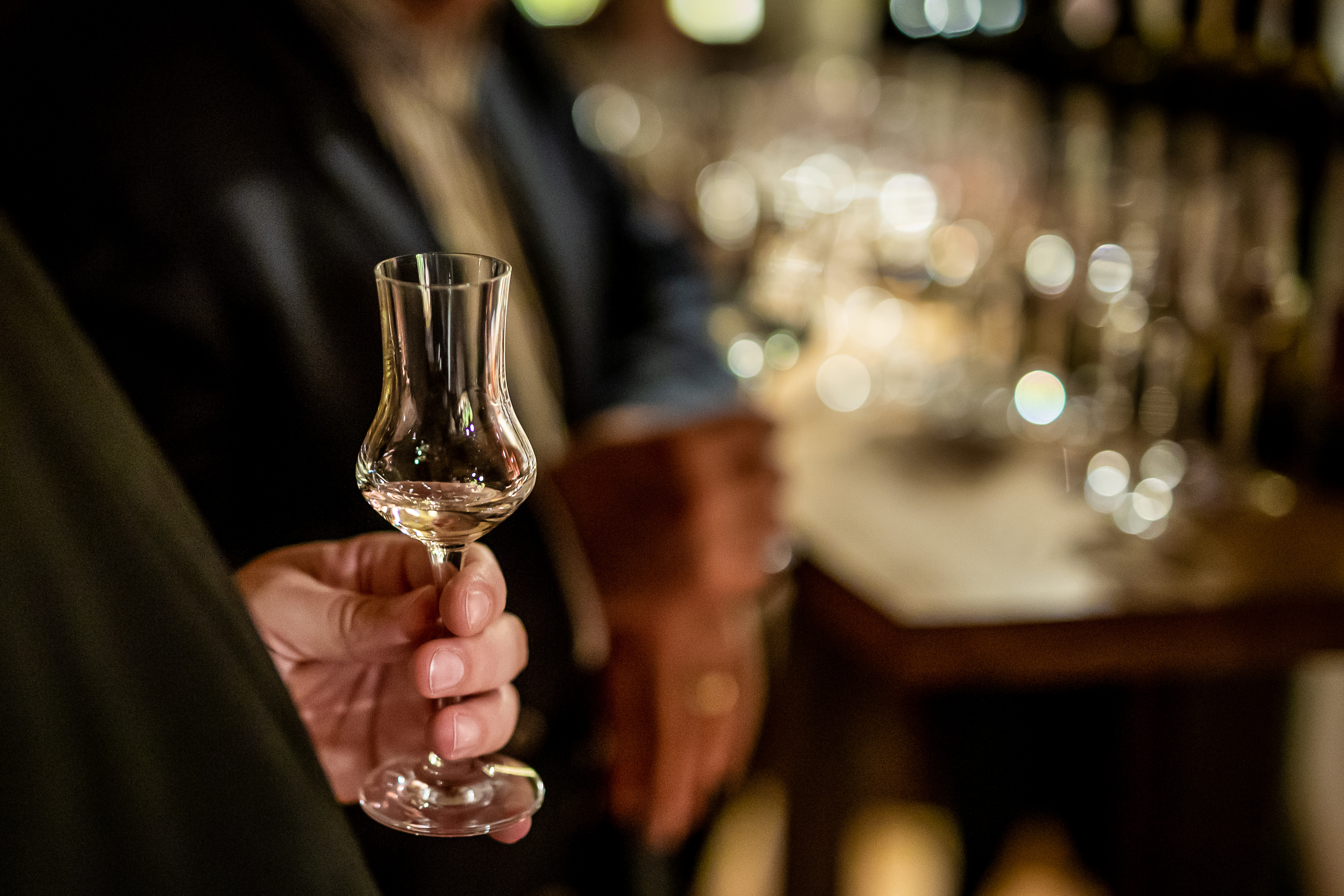The most common ingredients for pálinka are plum, cherry, grape, pear, apple and peach, but any fruit can be used. The only steadfast rule, according to Hungarian law, is that the name pálinka must be reserved for drinks made in Hungary out of Hungarian fruit and ingredients (although four Austrian provinces are permitted the usage of the word, as well).
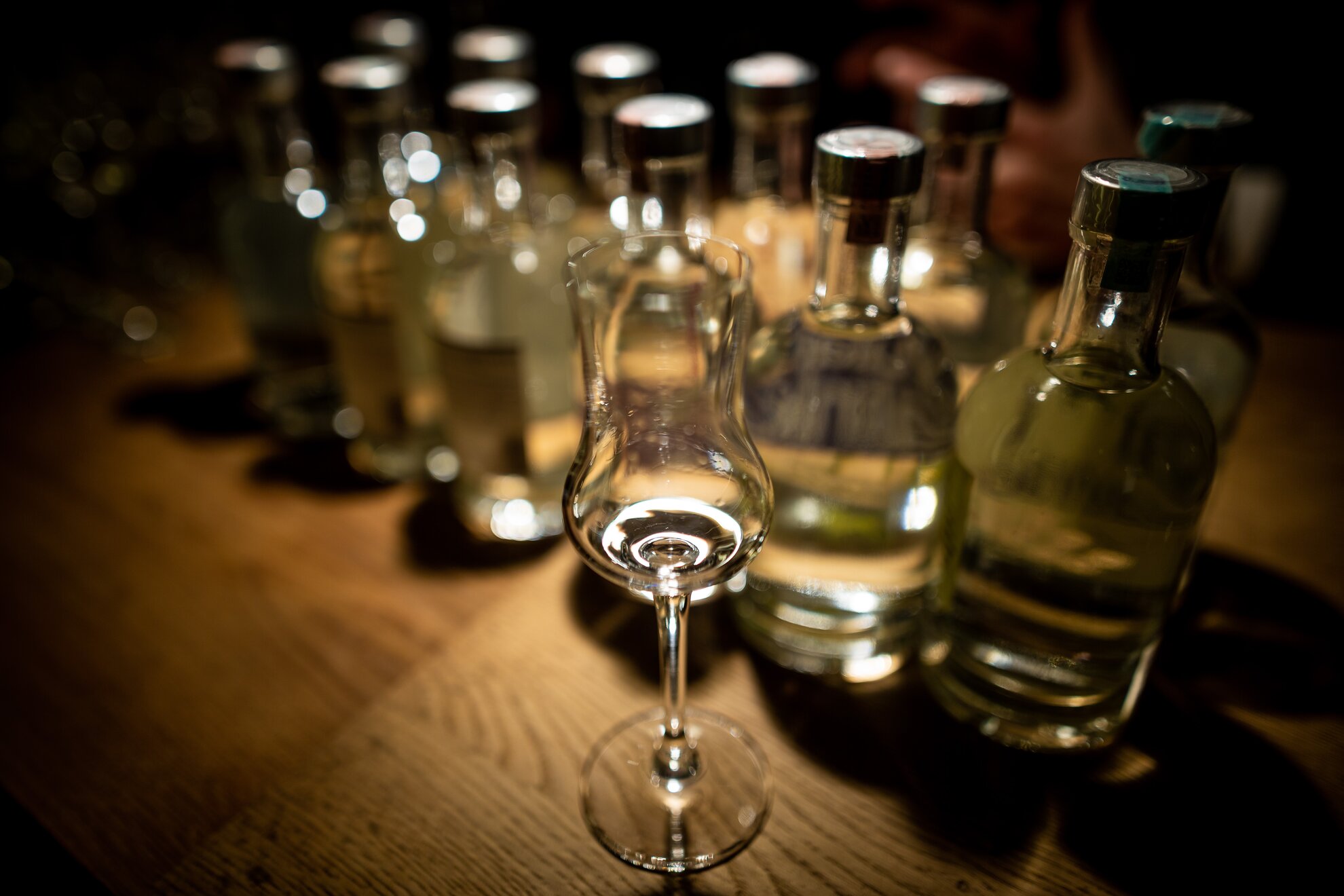
The first records of the Hungarian spirit can be traced back to aqua vitae reginae Hungariae, most likely blended with rosemary for medicinal purposes, in the 14th century. The name refers to the queen of Hungary at the time (Elizabeth, but not to be confused with the beloved Sisi of Habsburg lore) who suffered from arthritis.
Pálinka is first written as its own word in 1630, from a Slovakian term meaning distilled fruit, cereal and wine. In 1658 the fruity pálinka is mentioned in Hungary, and from this time onwards archaeologists have found the necessary distilling equipment in dig sites around the country.
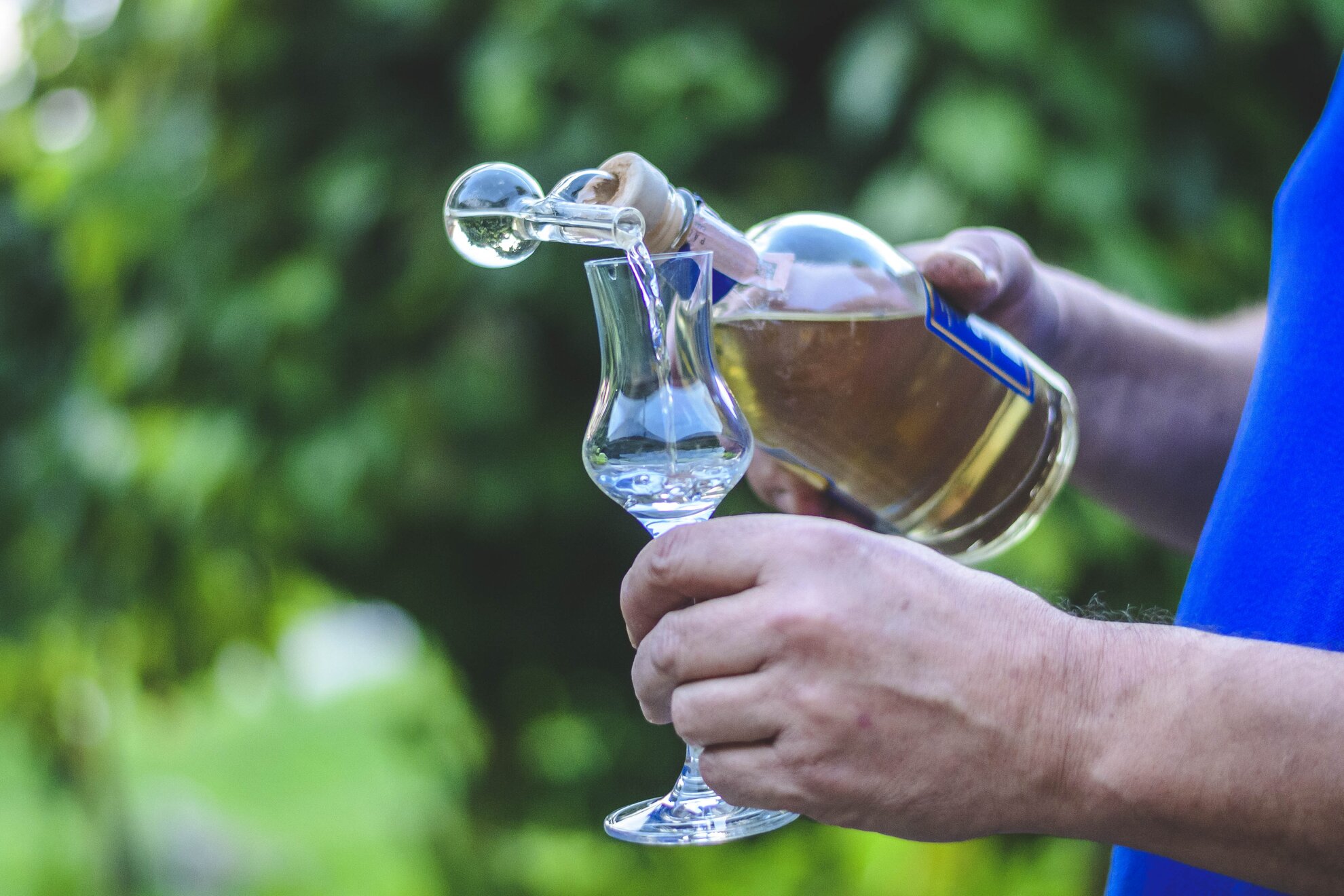
The end of the 18th century saw guidelines and rules come into play in regards to the production of pálinka, reserving its distillation rights to landowners, and soon after a pálinka tax was introduced. Hungarians, however, have never been over-fussed with such regulations, and illegal home distilling became very popular, very quickly. Often, these home brews were created from excess fruit fallen on the ground, and thus unfit for harvesting as foodstuffs.
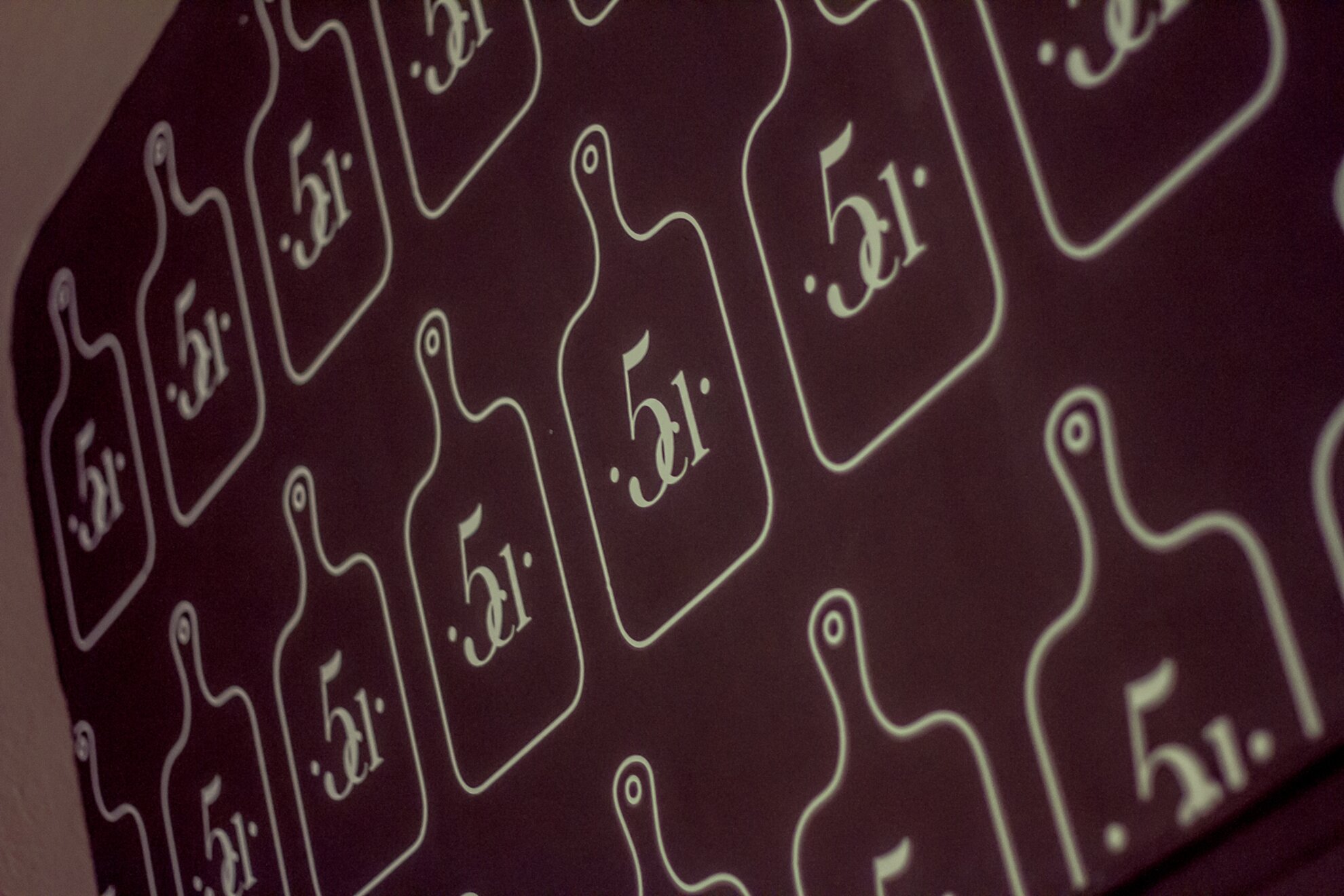
More than a thousand distilleries were established by the 19th century, producing pálinka for Hungarian and international markets alike. Strict laws were then put in place to set new standards but when the industry became state-run, quantity was prioritised over quality. After 1989, old, out-dated equipment and crumbling factories were gradually renovated.
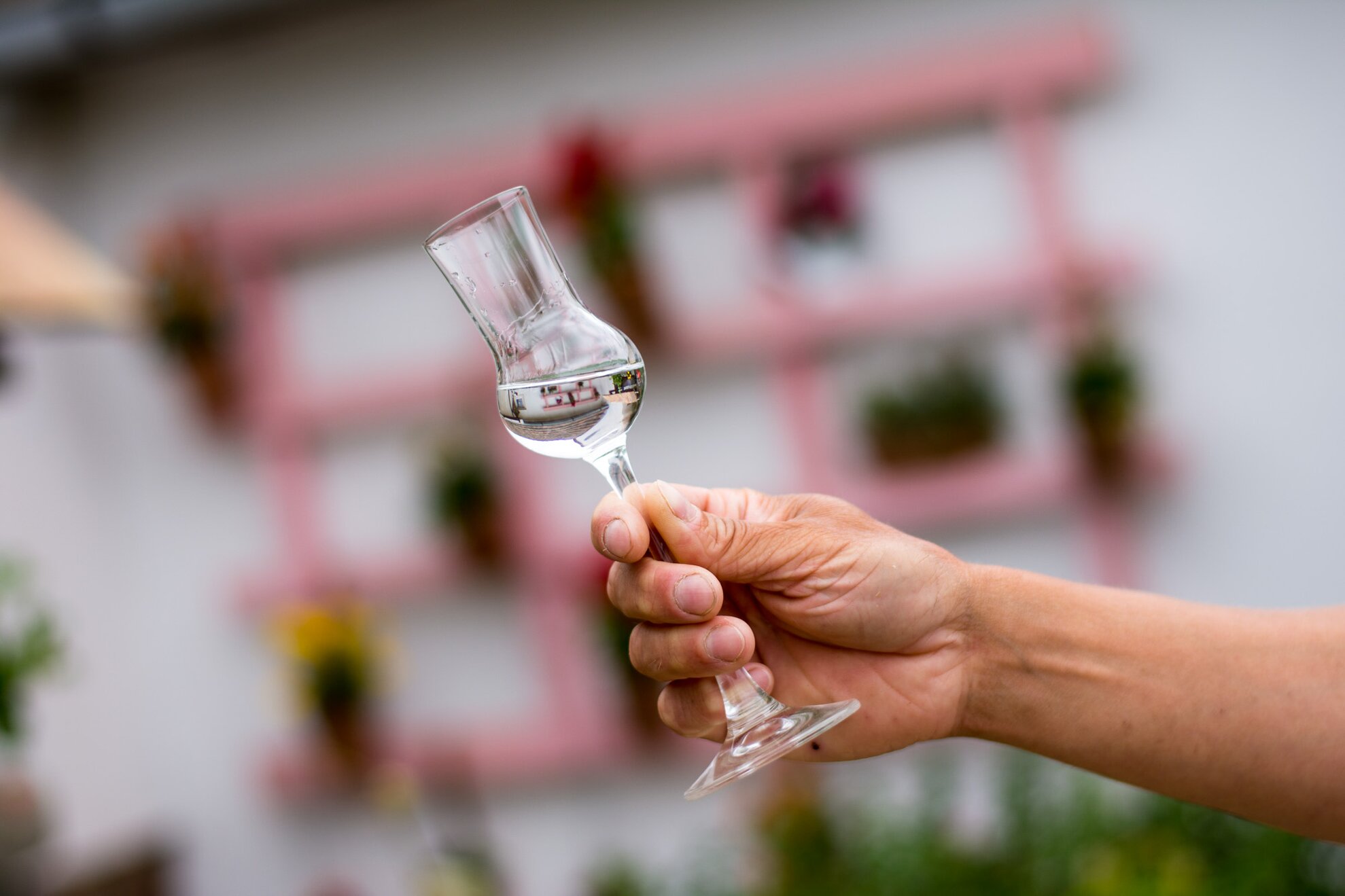
Pálinka consumption is a rite of passage for Hungarians. In the early 1900s it was given the nickname of the poor man’s coffee, and many would begin the day with a shot on an empty stomach. Hungarians still maintain that a dose of pálinka can cure any ailment, from toothaches to upset stomachs and sore throats. Home-made pálinka remains popular among Hungarian households today, although limits are in place regarding how much can be home-brewed.
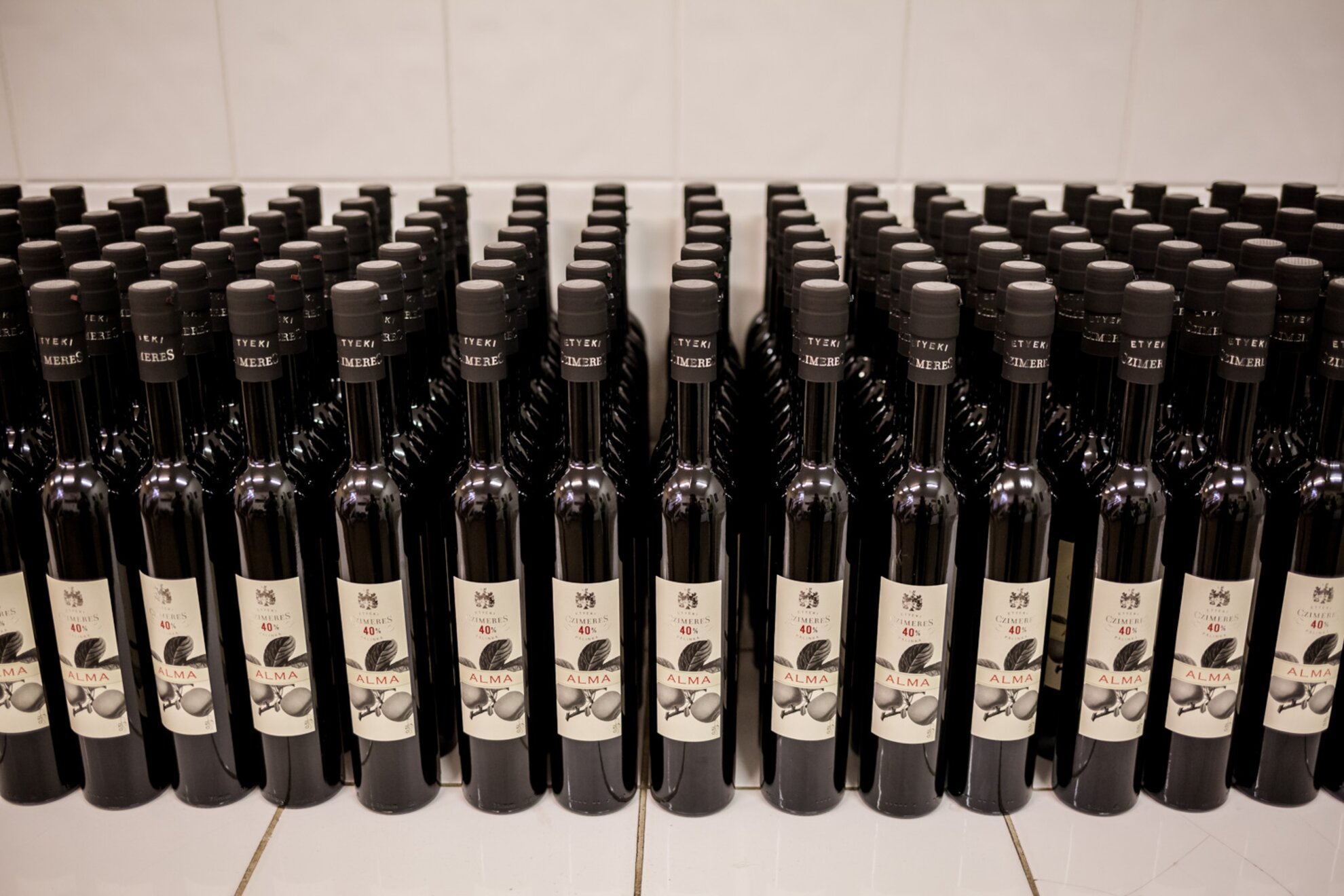
Categorised by flavours of fruit, pálinka may also be designated according to its methods of production – ágyas pálinka has been aged together with the fruit for at least three months, törköly is created from pomace. Pálinka should not be chilled but served in a tulip-shaped glass, round at the bottom, narrow at the rim, allowing the aromas to breathe.

It is sipped, savoured and not slammed – glassed are raised and clinked in unison. In recent years, pálinka has become fashionable, the stuff of cool branding, high-design labels and stylish narrow bottles. In Budapest, specialist outlets have sprung up, most notably the Pálinka Museum Shop Bar, which covers all bases on Király utca.
